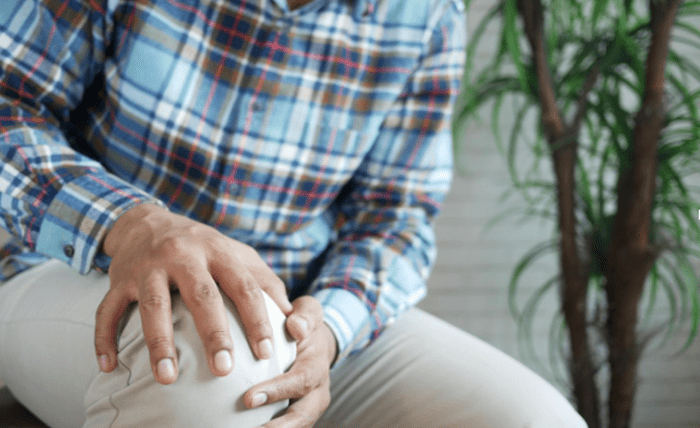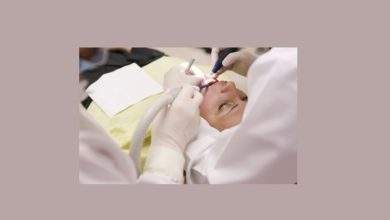
You bend down to pick up your shoe, tie your sneaker, or sit on the ground, and here it is – your knee protests. Knee pain during bending is one of those sneaky, frustrating symptoms: it doesn’t always come from a dramatic injury, and it may linger. But it’s also a clue: your body is telling you something deeper is off.
Before you chalk it up to “just age,” here are some less obvious yet surprisingly common causes of knee pain when bending.
When to Seek Help
If bending pain is occasional and mild, home measures like icing, rest, and gentle stretching may help. But you should consult a professional if:
- Pain lasts more than two to three weeks
- It gets worse when bending or during everyday tasks
- You experience swelling, locking, catching, or instability
- You hear popping, or you can’t fully straighten or bend your knee
Professionals can use manual techniques, therapeutic exercise, taping, and targeted modalities to help you recover safely.
Clinics like Miracle Rehab https://www.miraclerehabclinic.com/farmington-hills offer integrative care, combining movement rehabilitation, manual therapy, and corrective approaches to address not just pain but its root causes.
1. Meniscus Tears (Cartilage Damage)
Your knee has two menisci, crescent-shaped cartilage pads that cushion and stabilize the joint. They absorb shock and help your femur and tibia move smoothly. When you twist or bend forcefully, or simply wear them down over time, they can tear.
A torn meniscus often hurts most when bending or squatting, and you might feel clicking, locking, or stiffness. Some tears are sudden (from a sports twist); others develop slowly.
2. Patellofemoral Pain Syndrome (Runner’s Knee)
This is one of the most common “mysterious” knee pains. The complaint: a dull ache under or around the kneecap when you bend, squat, climb stairs, or even after sitting for a long time with your knee bent. The irritation often comes from pressure or misalignment between the kneecap and its groove in the thigh bone.
Weak quads, imbalances in hip or thigh muscles, or poor tracking of the kneecap often contribute. Strengthening and alignment work are typical elements of treatment.
3. Patellar or Quadriceps Tendonitis
Overuse, especially in activities such as jumping, running, or heavy lifting, can inflame the tendons connecting muscles to the bone.
When inflamed, bending the knee intensifies the pain, especially in the front of the knee. In the worst cases, a tendon strain or partial tear can cause sharp, severe pain when bending.
4. Knee Bursitis & Fluid Accumulation
The small fluid-filled sacs that reduce friction between bone, muscle, and soft tissue are called bursae. When these sacs become inflamed- a condition called bursitis – bending or applying pressure can trigger pain, swelling, heat, or tenderness.
You might feel swelling around the knee, especially in front (prepatellar bursitis) or on the inner or outer sides. This can make deep bending uncomfortable or stiff. Click here for the list of non-pharmacological ways to heal bursitis pains.
5. Early or Hidden Arthritis and Cartilage Wear
Even if your knee “doesn’t look old,” cartilage degeneration or early osteoarthritis can cause pain when bending. The smooth cartilage that cushions joint surfaces wears down, increasing friction during motion.
You might feel stiffness, grinding, or mild swelling when bending – or notice it more when getting up from sitting. Arthritis and cartilage damage are also common causes of knee pain.
6. Ligament Stress or Minor Sprains
Knee ligaments stabilize joint movement. Even when they aren’t fully torn, partial sprains or microtrauma from repeated stress can create pain with bending.
These strains may not bring dramatic swelling but can cause discomfort, especially when bending under load. A sudden twist, awkward landing, or repetitive strain can trigger it.
What You Can Do Now: First Steps & Prevention
While each person benefits most from a unique treatment and prevention plan, a few strategies can help anyone avoid premature knee pain or worsening of an already existing condition.
- Modify movement: Avoid deep squats or loads that flare your pain.
- Stretch and mobilize: Gentle quadriceps, hamstrings, calf, and hip stretches keep joints fluid.
- Strengthen: Focus on legs, hips, and core muscles to better support the knee.
- Warm up properly: Always activate muscles before bending movements.
- Use ice or heat as needed, depending on whether your knee feels stiff or inflamed.
Final Thoughts
Knee pain when bending is rarely “just old age.” More often, it’s a signal from structures like cartilage, tendons, ligaments, or bursae that need attention. Recognizing hidden causes early gives you the chance to treat and manage them successfully in a timely manner.
If bending down triggers pain more than once or twice, let that be your cue and don’t wait too long. A physical therapy and massage expert can uncover the real issue, guide your recovery, and help you bend, squat, and move more confidently again.




